йЗСжЫЬжЧ•, 6жЬИ 25th, 2010...2:05 PM
Metropolitan Area Outer Underground Discharge Channel (MAOUDC)
Reading time: About 5 minutes
Metropolitan Area Outer Underground Discharge Channel (MAOUDC)The other day, I went to the Metropolitan Area Outer Underground Discharge Channel, and would like to write about what I saw.
I had actually made a reservation one week ago, but because of the rain, the discharge channel was being put to use, and I had to go at a later time.
Changing to the Tobunoda Line at Kasukabe Station, and on my way to Minamisakurai Station
Kasukabe is famous for the manga/anime, вАЬCrayon Shin-chan.вАЭ There was a large sign for Crayon Shin-chan at the station.
Minamisakurai Station is two stations, 7 minutes, away from Kasukabe. After leaving through the exit on the right after the ticket gate (north exit), go down the stairs. There will be a roundabout where it is possible to catch a taxi.
Heading to the Ryukyukan
After cross national highway 16, tranquil rural landscapes stretch out as far as the eye can see. Walking along the waterway for another 30 minutes will bring you to Ryukyukan.
Going up the slope will take you to a soccer court. Below are the adjustment tanks.
The brown building in the back is the Ryukyukan.
The Ryukyukan has an area which explains about all the facilities at the discharge channel. The second floor is where the reception counter is located, where you sign in, leave your emergency contact information, and sign the agreement form.
When the observation tour starts, the staff members start by explaining about the MAOUDC, using DVDs and models. Looking at the people who have gathered, there were roughly equal numbers of men and women, of all various ages.
In the maintenance room next to the observation area, it is possible to look at the water levels of the river.
After a toilet break, the observation tour finally begins. Before leaving, everyone has to do some simple calisthenics.
Taken from the roof, looking over the drainage system at Edogawa River, the adjustment tankвАЩs surface, and the first concrete containment silo
From far away I could see Saitama Stadium. During the sunny days in winter it is possible to see Mount Fuji and the Showa drainage pump station, which is chosen as one of the вАЬhundred places to see Mt. Fuji in Kanto.вАЭ The air on this day was hazy, so I was unfortunately unable to see Mt. Fuji, but if it was clearer, you would probably be able to see both Mt. Fuji and Tokyo Sky Tree.
After finishing the observation from the rooftop, we headed for the adjustment tank.
We went to a staircase on the corner of a soccer field near the Ryukyukan.
In front of the stairway the staff member mentioned a few important safety points, like how it is forbidden to take pictures until everyone makes it down to the bottom. Too bad.
There are 116 steps which took us into the depths of the earth. I could feel the temperature drop as we went down. The air around the adjustment tank was about 14 CЋЪ, whereas the surface this day was 20 CЋЪ.
After going down about half way, a large underground room came into view. Taking pictures was forbidden, so unfortunately I have no pictures to show, but the site of the enormous room stretching out left me speechless. The official MAOUDC website has several pictures of this area, so please feel free to look.
After reaching the bottom, the staff members had a few simple explanations to give. The area allowed for observation is limited, due to safety reasons. In the farther areas, it is difficult to confirm the number of people present, and there are earth deposits making it dangerous.
Every time the facilities here are used, two to three centimetres of earth cover the ground. To keep the observation area clean, staff members clean it every day by hand. It would be impossible to clean the entire area by hand this way, so the observation area is kept small. The other places are left dirty, and are cleaned by using a bulldozer, about once a year.
A section of the adjustment tank rooftop is connected to the earthвАЩs surface. In the picture there is a spot where light comes through. From here they lower down bulldozers and other equipment using a crane. The bulldozer which was suspended in the air here was no doubt a highlight.
There are roughly ten minutes of free time to walk around and take as many pictures as possible. I checked the ones that I took after getting home, but to my dismay, many of them did not turn out very well, so I will have to have to improve my photography skills and try again.
Water rises to where the highest white signboard on this pillar.
The large cylinder in the back is the concrete containment silo. It can hold a space shuttle.
Once the free time is up, a roll-call is taken, and the adjustment tank is put behind us. We returned to the Ryukyukan, filled out a survey, and finished the observation tour.
I had wanted to see the turbine engine and the concrete containment silos, but because of the groupsвАЩ safety, these areas were not part of the tour.
The main feature of the observation tour, the adjustment tank, reminds me of ancient Greek and Egyptian temples, and is definitely a trip well worth it. The pillars, in particular, are without any decoration, and are lined side-by-side in perfect symmetry. It left me speechless.
There may be a problem with language, but this is an excellent opportunity to see JapanвАЩs advanced technology. I recommend it to Japanese and foreigners alike.









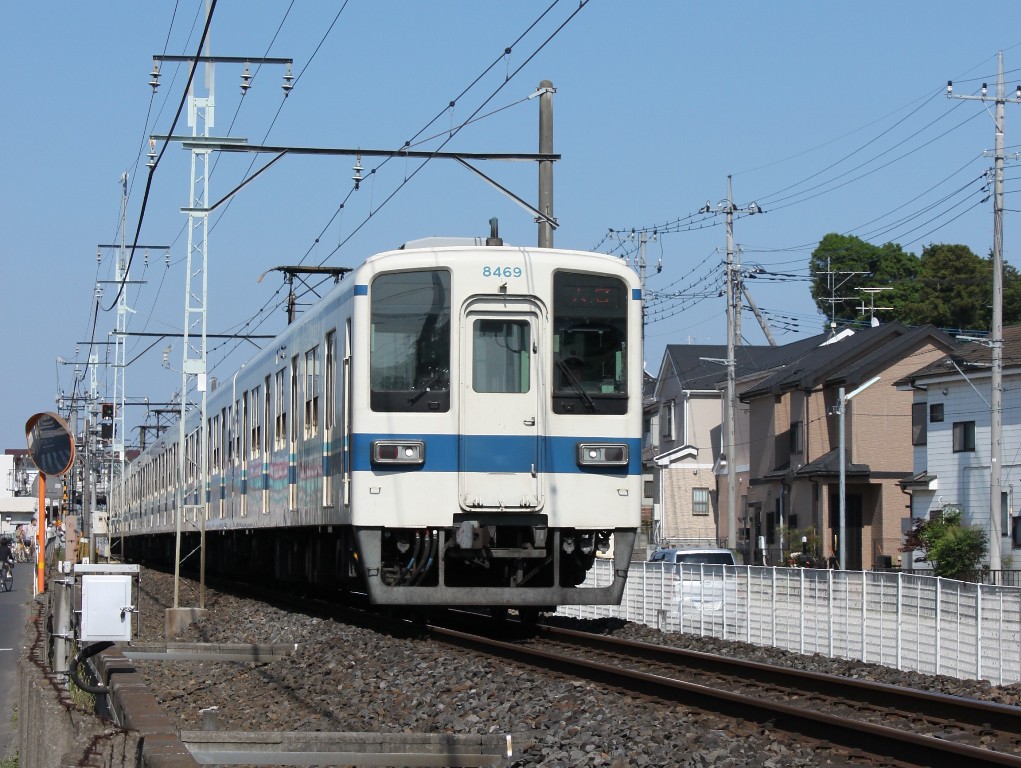

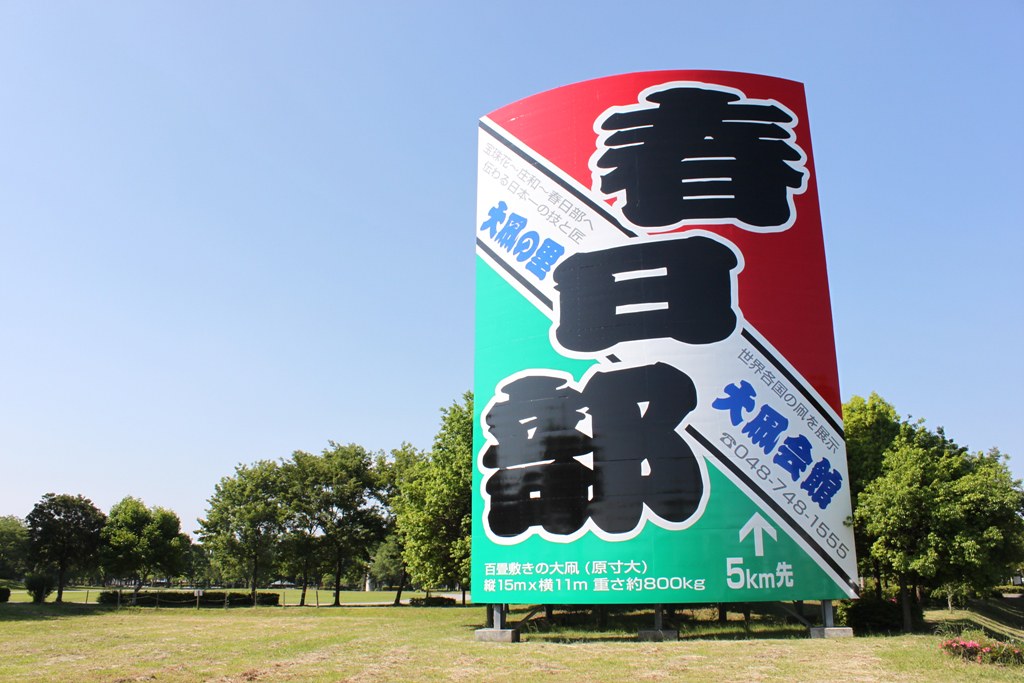
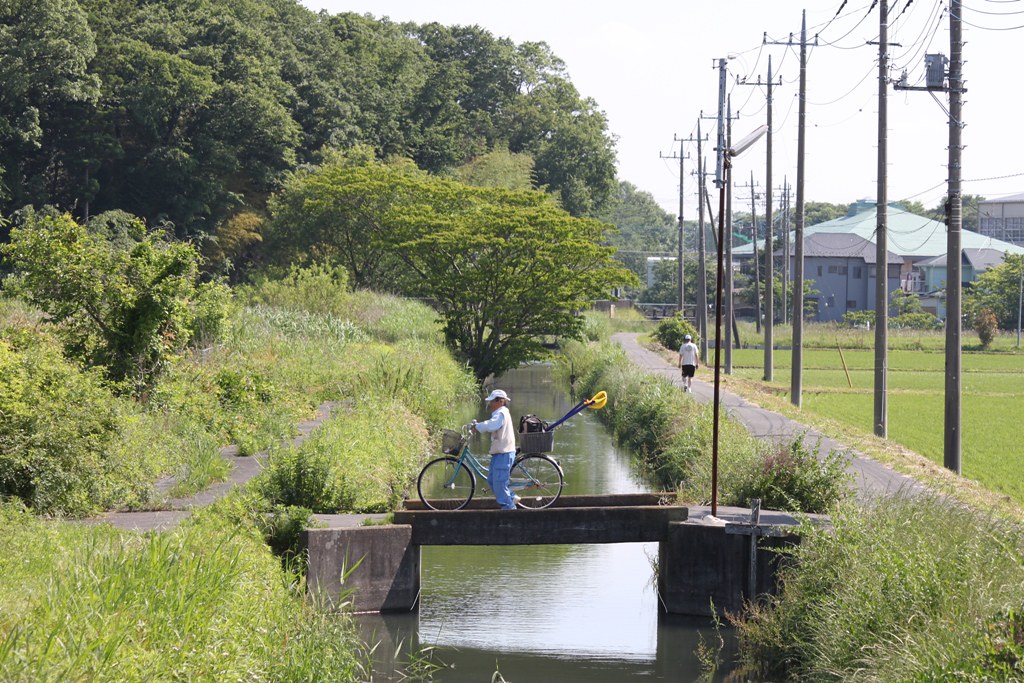
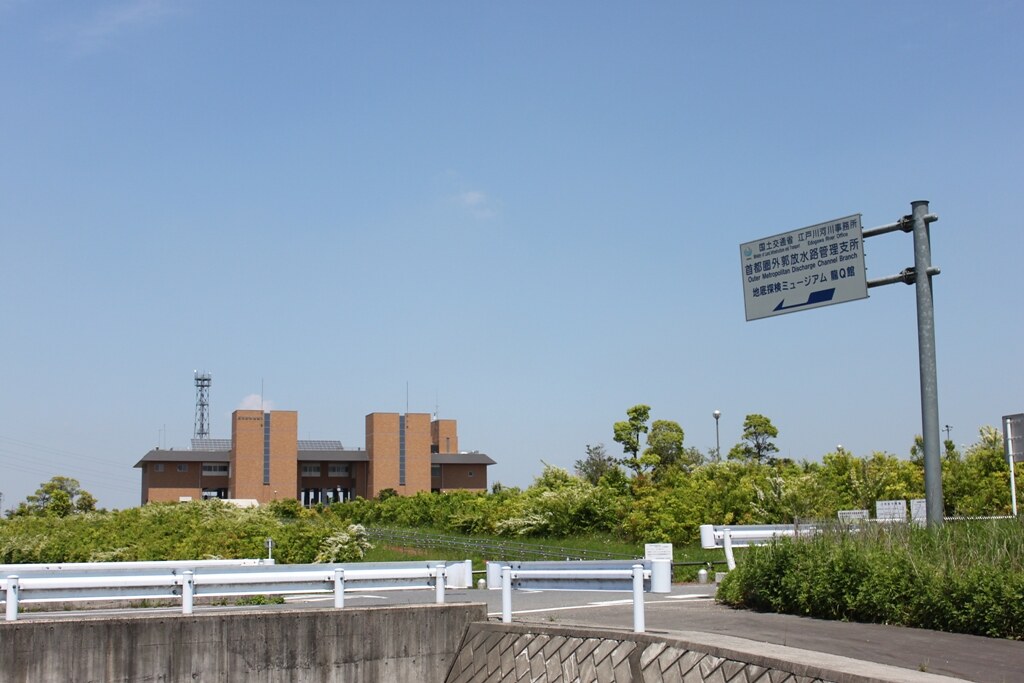
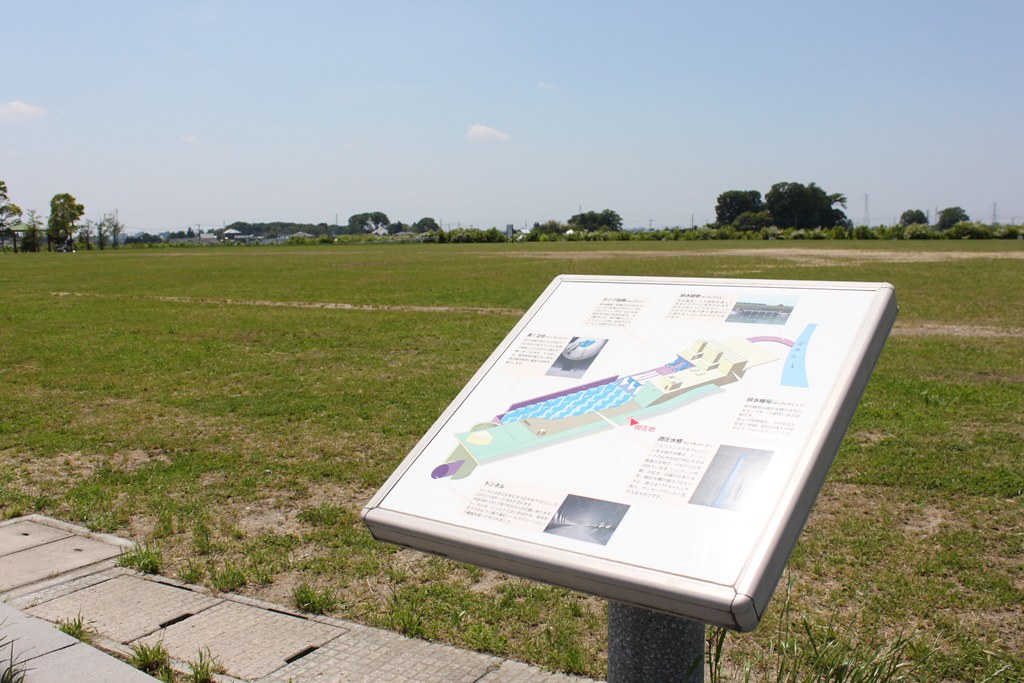

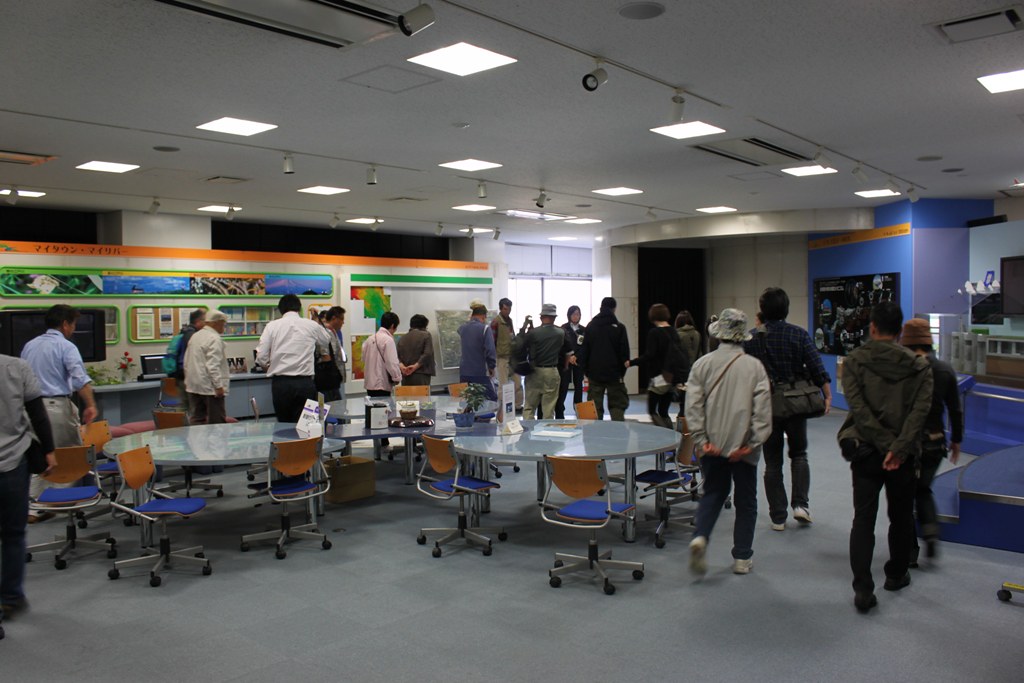
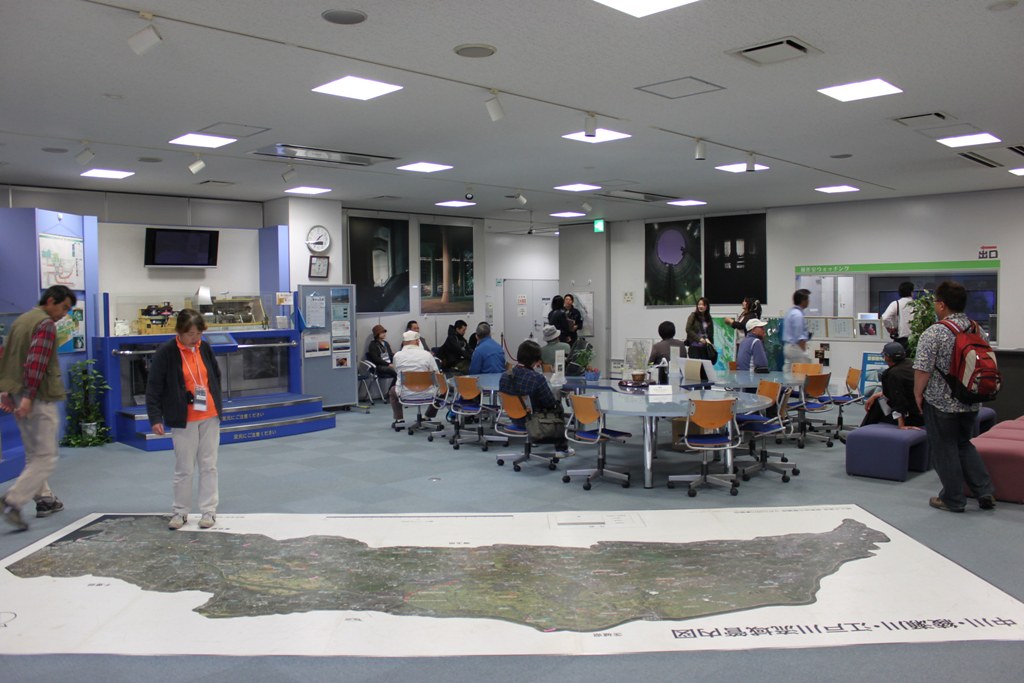


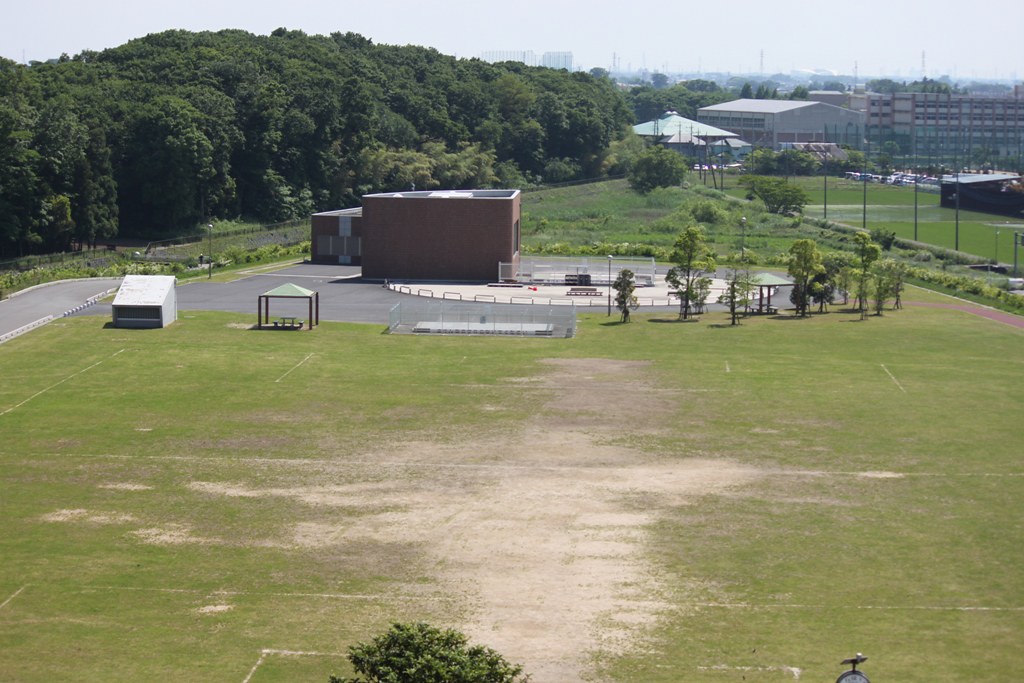
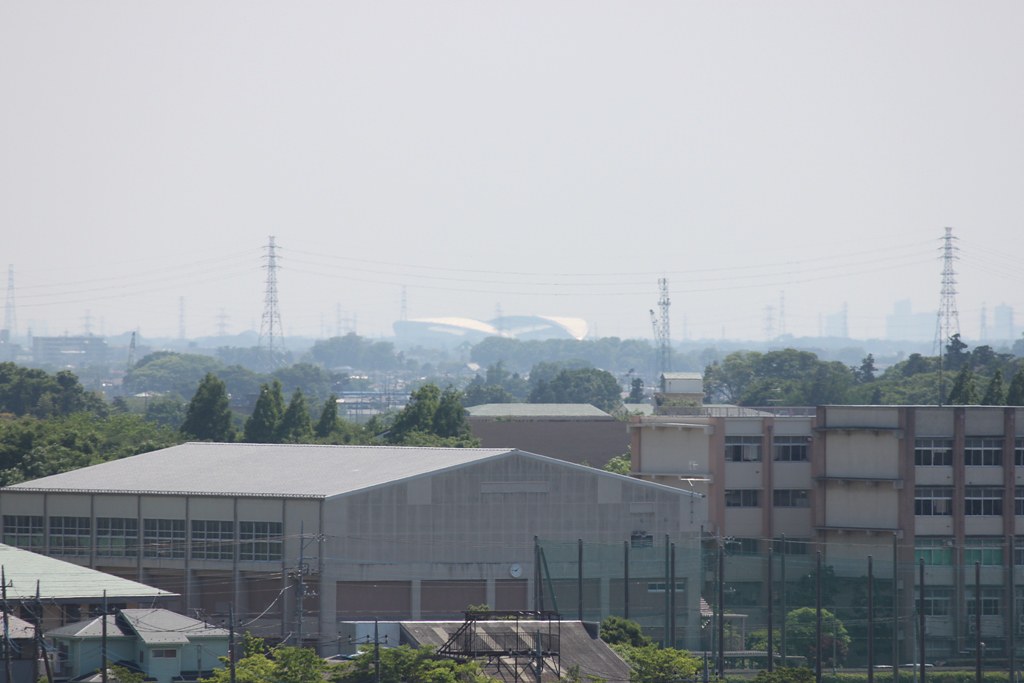


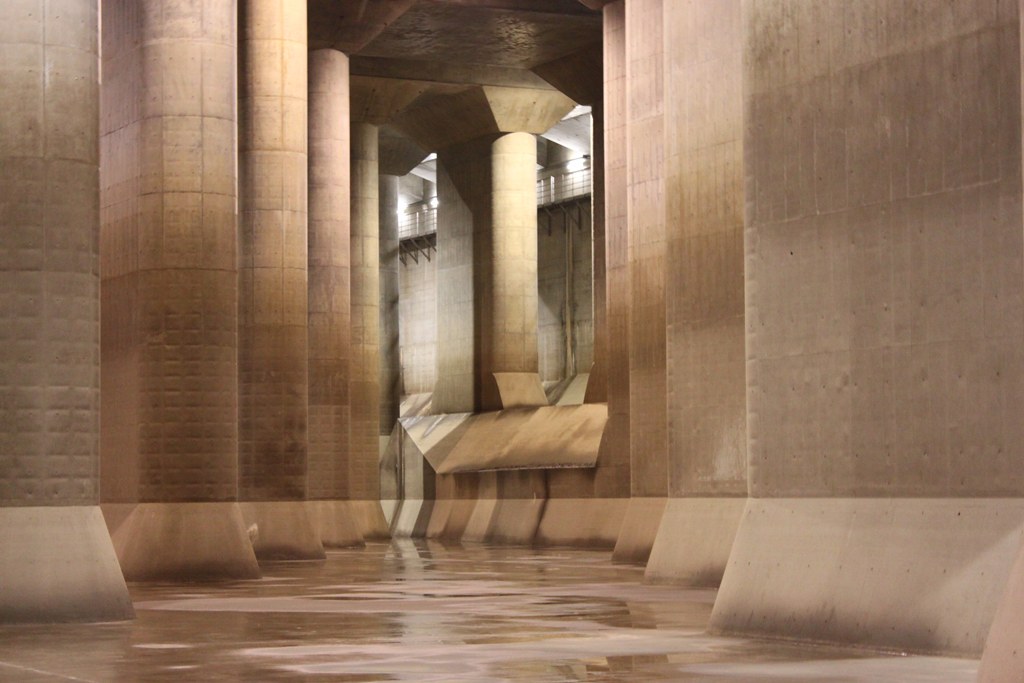
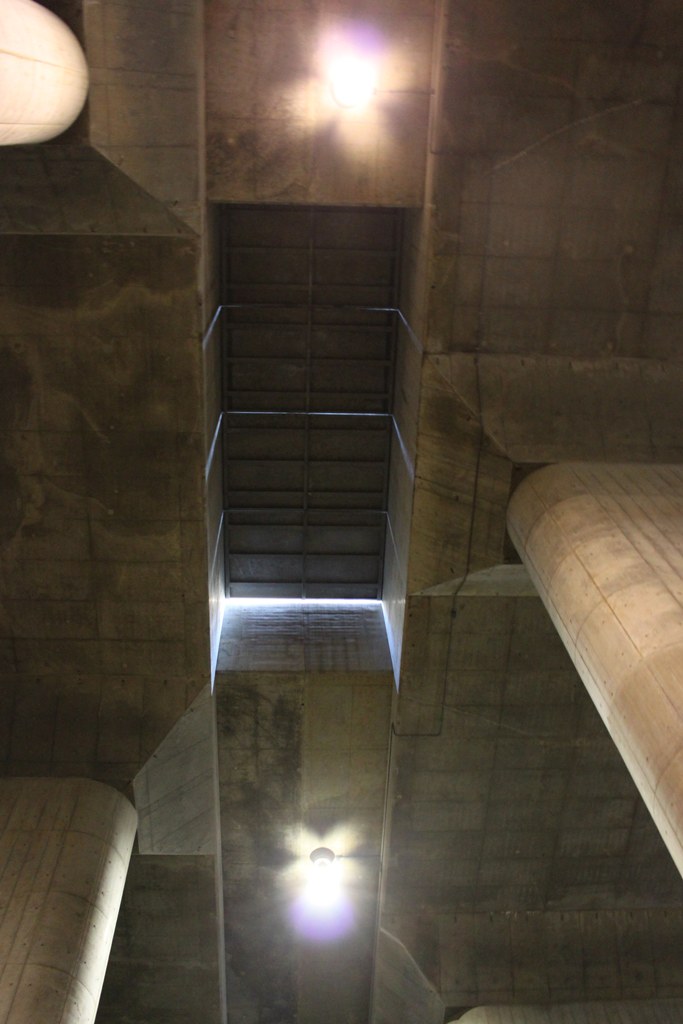



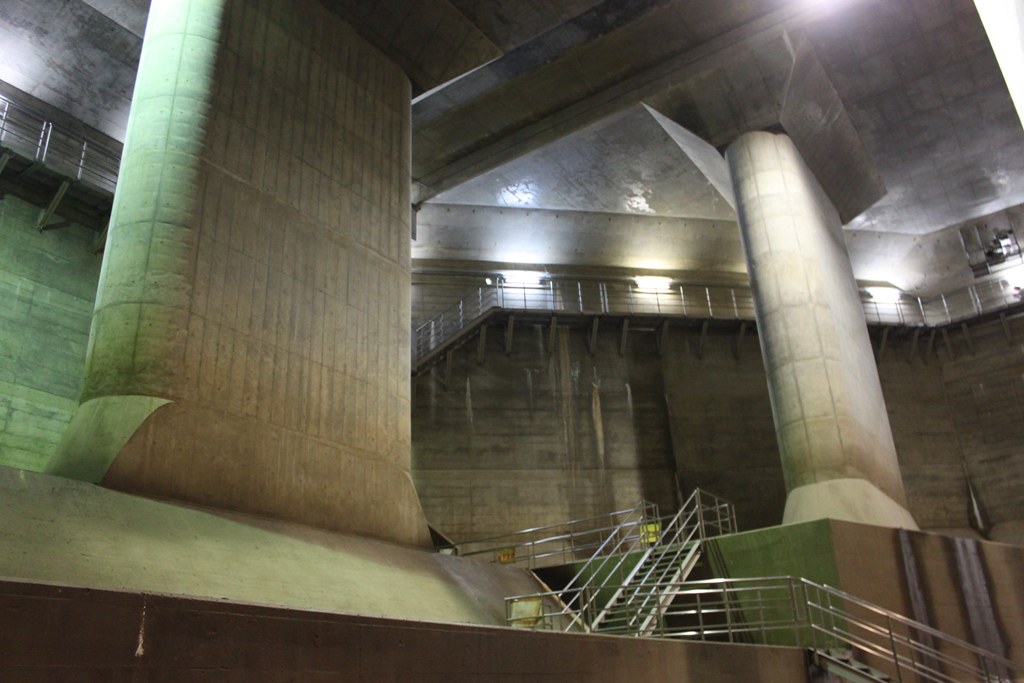
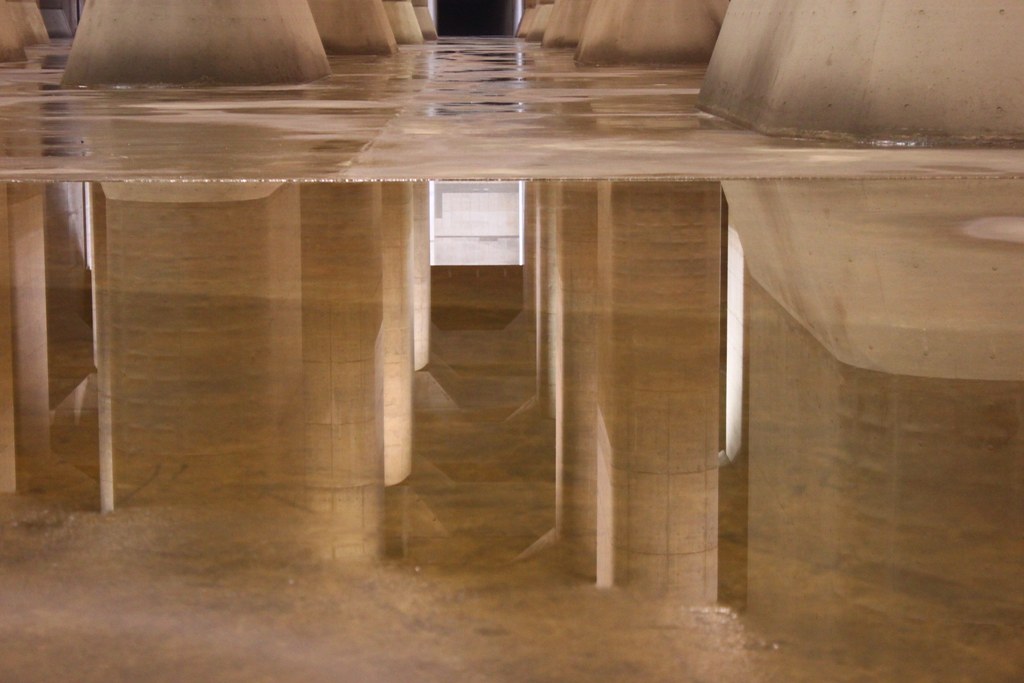











2 Comments
10жЬИ 8th, 2011 at 10:45 AM
I was looking for Outer Underground Discharge and found your explanation. Thank you, it is very helpful.
I would like share the coming up event on Nov 12th. Where it will be a Concert underground.
The whistler Ryosuke will be performing classical musics 3 to 4 short stage underground also 1 on ground level.
This would be worth to see and listen to.
https://www.ktr.mlit.go.jp/ktr_content/content/000045253.pdf
10жЬИ 8th, 2011 at 11:18 AM
пЉЮCris Toyohashi
Thanks for your sharing!
Leave a Reply